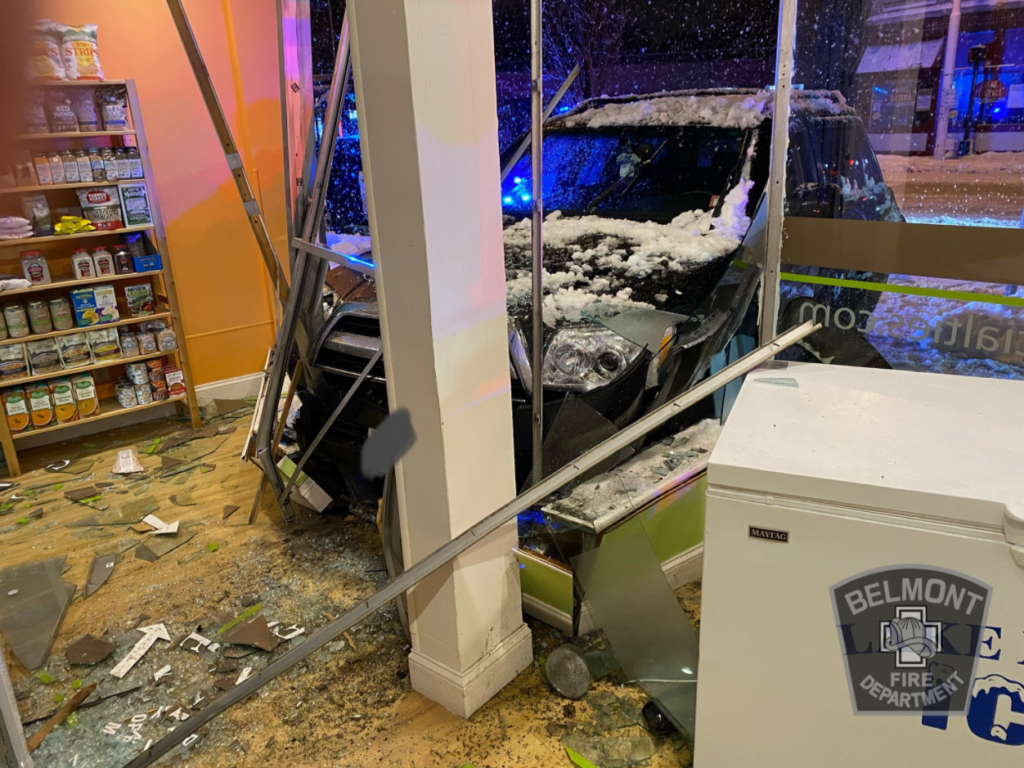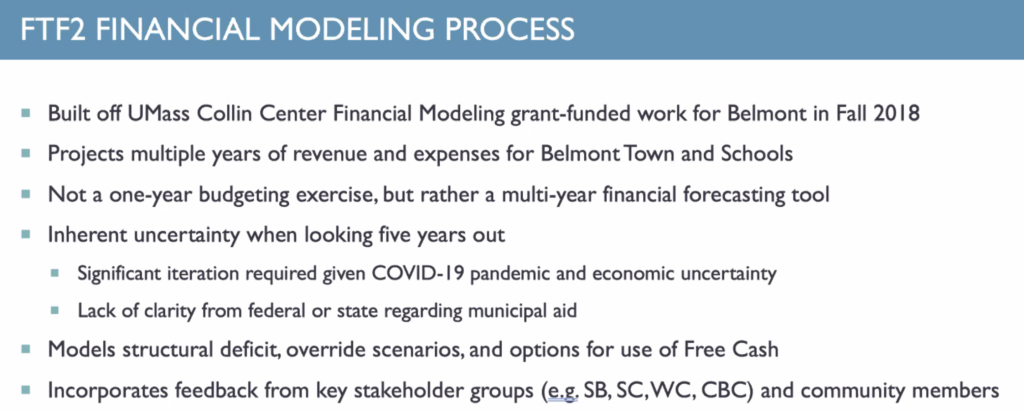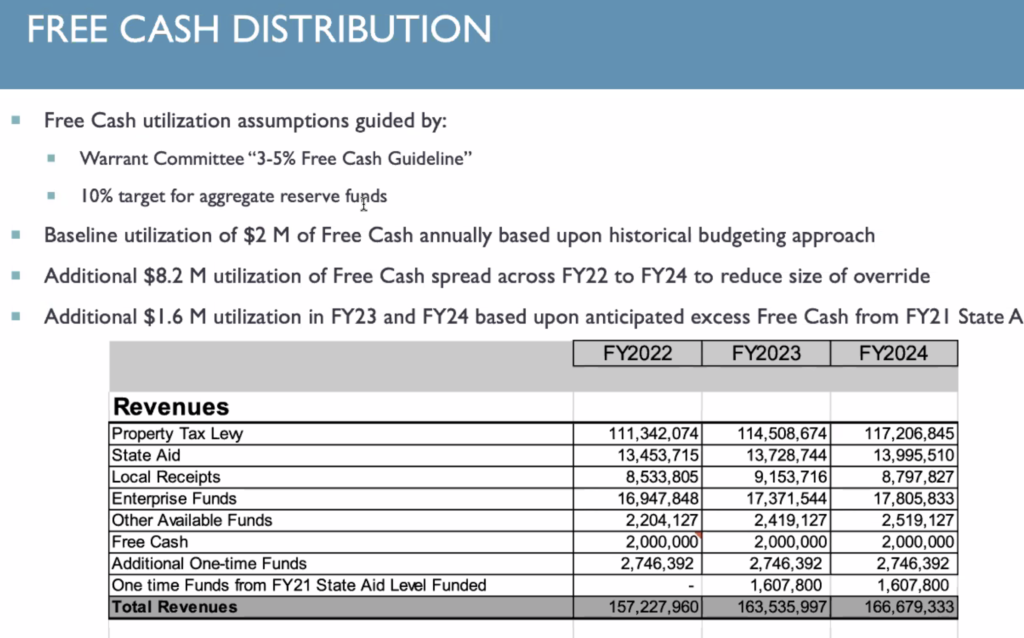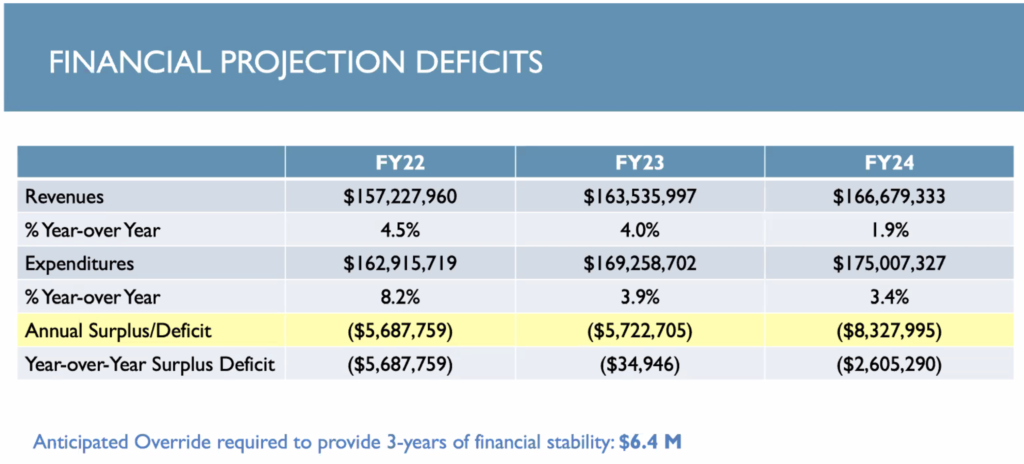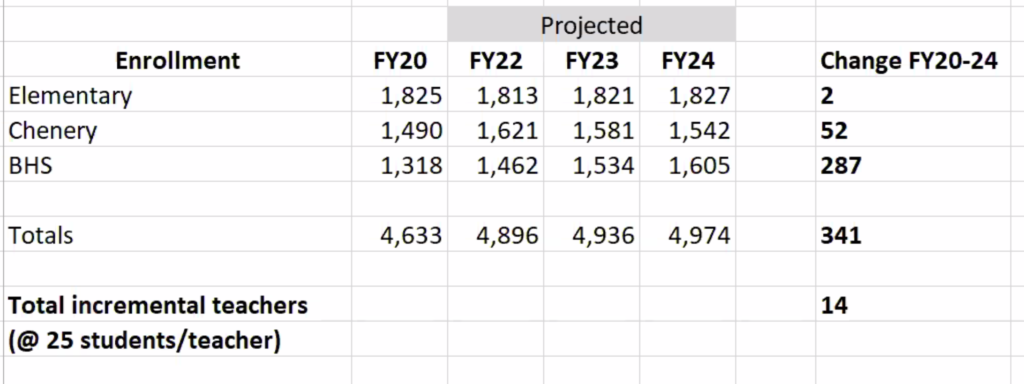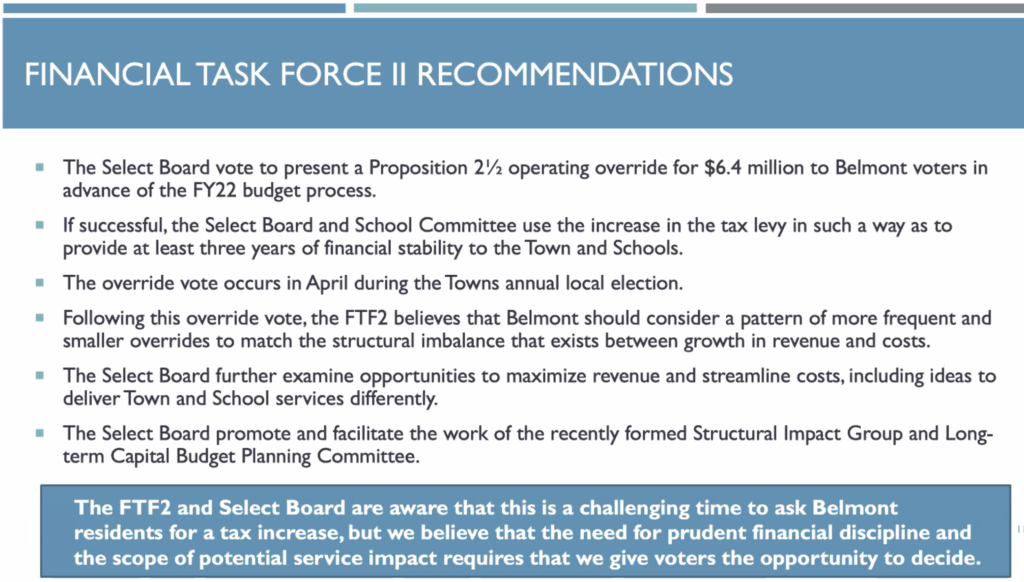Photo: It’s the rules – shovel the sidewalk outside your house. (Credit: Belmont Police Department)
The Belmont Department of Public Works reports the snow emergency parking ban has been lifted as of 9:45 a.m., Tuesday, Feb. 2 (Groundhog Day).
After the end of the snow fall, the Office of Community Development reminds residents the town’s residential snow removal bylaw requires sidewalks along residential property be cleared of snow and ice by 8 p.m. the day after a storm ends. With regards to last night’s storm, snow and ice should be cleared or treated from sidewalks to a width of at least 36 inches by 8 p.m. tomorrow night, Wednesday Feb. 3.
The town appreciates residents attention to this very important public safety matter. Please refer to the town’s web site for further information regarding winter weather and the town’s snow removal bylaw.
